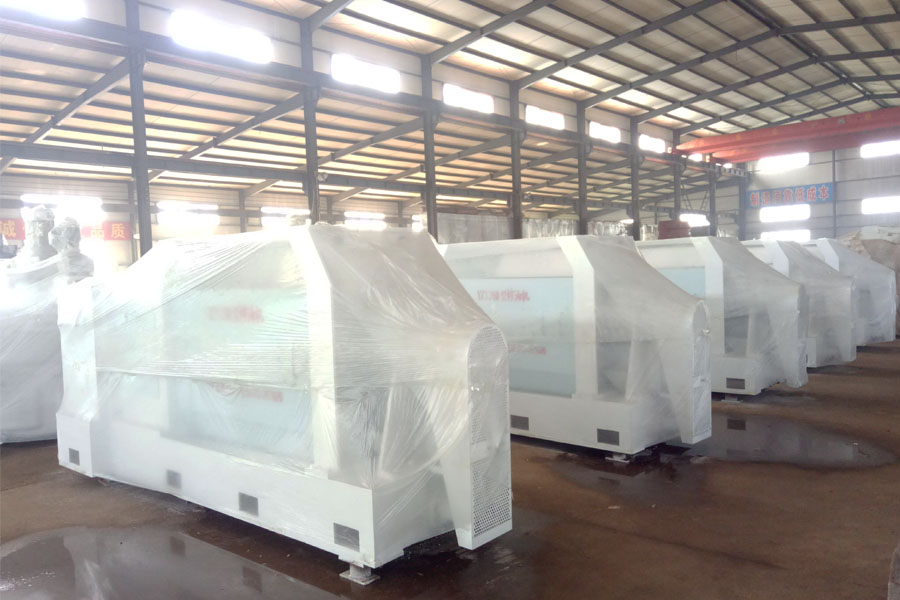Nov . 19, 2024 22:07 Back to list
plate and frame filter press product
Understanding Plate and Frame Filter Press A Comprehensive Overview
The plate and frame filter press is a critical component in various industries, such as food and beverage, pharmaceuticals, chemicals, and wastewater treatment
. This equipment is renowned for its ability to achieve high separation efficiency and is often utilized for solid-liquid separation processes.At its core, the plate and frame filter press consists of a series of plates and frames that create a stack. Each plate is typically made of a solid material that can withstand high pressures, while the frames serve as the space for the slurry (a mixture of solids and liquids) to accumulate. When the press is assembled, the frames are sandwiched between the plates, forming sealed chambers where the filtration process occurs.
The operation of a plate and frame filter press is straightforward yet effective. To begin, the slurry is pumped into the chambers created by the plates and frames under high pressure. The liquid (filtrate) passes through the filter medium—usually a cloth filter—while the solid particles are retained, forming a cake that gradually builds up on the surface of the filter cloth. This separation process continues until the cakes reach a sufficient thickness, at which point the press can be opened for the removal of the solid particles.
plate and frame filter press product

One of the significant advantages of plate and frame filter presses is their ability to handle a wide range of materials and their efficiency in generating a high-quality filtrate. They are also relatively easy to operate and maintain, which contributes to their popularity in industrial applications. The press can be designed for batch processing, allowing for flexibility in production and adaptability to varying feed conditions.
However, like any equipment, there are challenges and considerations associated with the use of plate and frame filter presses. For instance, the filtering process can be time-consuming depending on the properties of the slurry, such as viscosity and solid content. Additionally, the need for regular maintenance and cleaning is essential to ensure optimal performance and longevity of the equipment.
In conclusion, the plate and frame filter press remains a vital tool in solid-liquid separation, delivering efficiency and quality across various sectors. Its design and function underscore the importance of simple yet effective technology in meeting industrial separation needs, and understanding its operation is key for professionals aiming to optimize filtration processes. As industries continue to evolve and demand higher quality outputs, the relevance of the plate and frame filter press is likely to persist.
-
LZY-206 Twin-Screw Cold Press: Efficient Oil Extraction
NewsAug.04,2025
-
Professional Safflower Oil Press Service | AI-Efficient
NewsAug.03,2025
-
HP290 First Press Oil Expeller Machinery: Efficient Oil Extraction
NewsAug.02,2025
-
Top Food Oil Refined Unit Companies w/ GPT-4 Turbo Tech
NewsAug.01,2025
-
Premium Black Seed Oil Expeller - High Efficiency Cold Press Oil Machine
NewsJul.31,2025
-
Oil Processing Equipment - High-Efficiency Flaking Machine
NewsJul.25,2025
